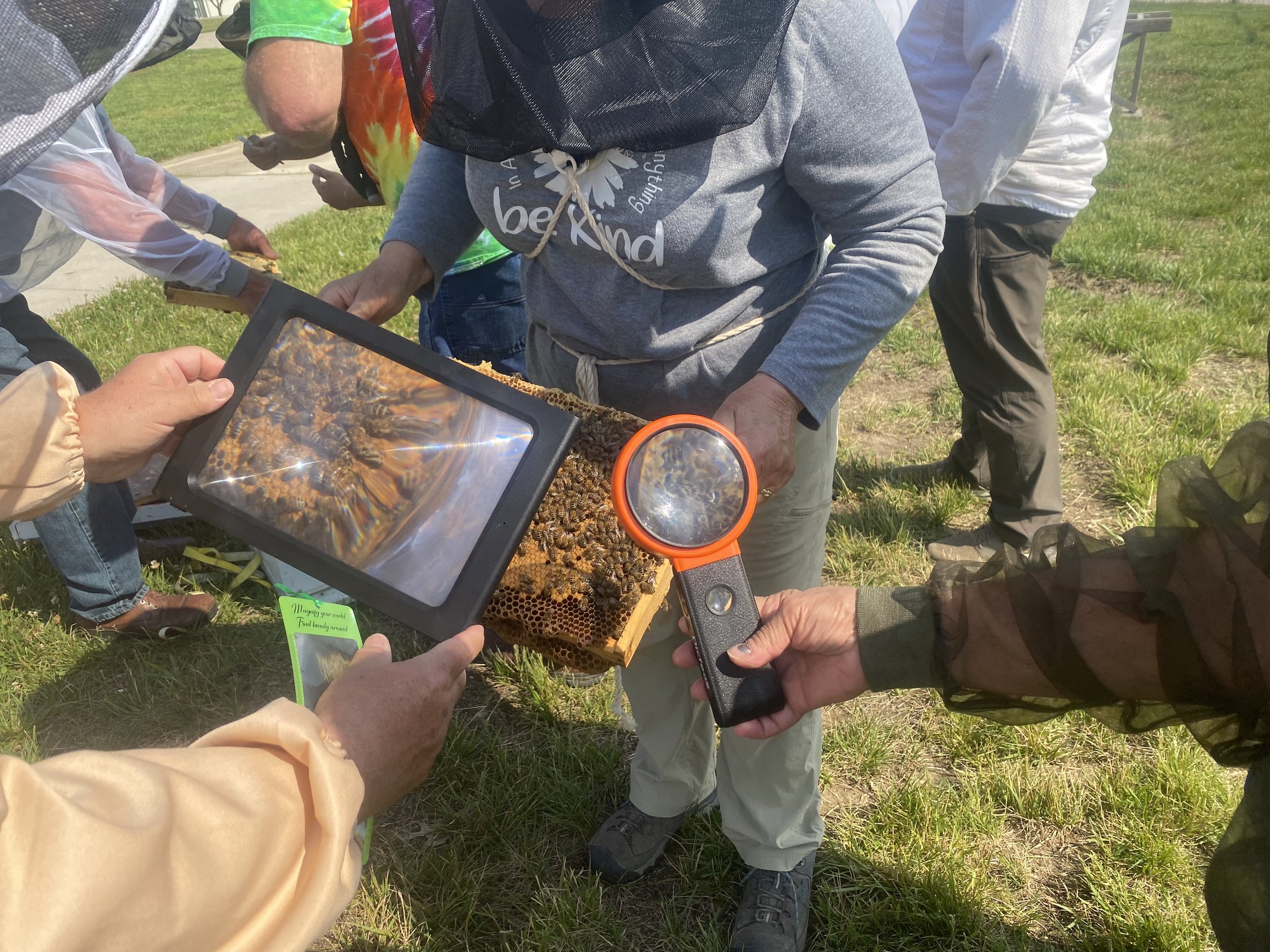What Is Beekeeping?
/Saying on the side of a leading beekeeping supplier.
What is Beekeeping?
Beekeepers like to make the distinction between "bee have-rs" and "bee keep-rs." Some people who have bees don't do much with them and usually loose them within the first year. Those are considered people who "have" bees.
Beekeepers have more of a direct relationship with bees. Depending on why one keeps them, bees can contribute to a garden's pollination; provide honey, and supplement income with the sale of bees. Those three purposes require different approaches to the bees, which in part explains why when someone asks two beekeepers one question they may get 5 different answers.
To me, beekeeping is just that, inviting bees into my garden and having them as part of my happy garden ecosystem. I have honeybees and native bees, both sharing my hillside garden and adding to the diversity I encourage along with butterflies, beneficial insects, birds and other wildlife.
And I agree with the saying on the grey bag, it can become a lifestyle with delicious sweet rewards.
Charlotte














































